Yes. There is a Venn diagram that does make sense to characterise the relationships between the various different types of joins. However, it is not the Venn diagram shown in the question. This is inappropriate, as shown in the linked question. So what Venn diagram is appropriate?
Well, let's say we already have defined the sets representing the result of left Join and right join. Let's call those sets Left and Right. Then we have the following relationship:
Left ⋃ Right = Full Outer JoinLeft ⋂ Right = Inner Join
As a Venn diagram:

Pedagogical Note
While these Venn diagrams accurately characterise the relationship between the various types of joins, they do not suffice to define joins. So if you're looking to understand joins from the ground up, this is not the place to start. But if you're already comfortable with what the JOINs mean, and are looking for a unifying picture that ties together all the various types of joins, this is it.
Of course, technically, one could say that this allows us to define inner and outer join in terms of LEFT and RIGHT joins. But LEFT and RIGHT joins are themselves more complicated to define than INNER joins, so for this purpose the diagram is of limited use.

